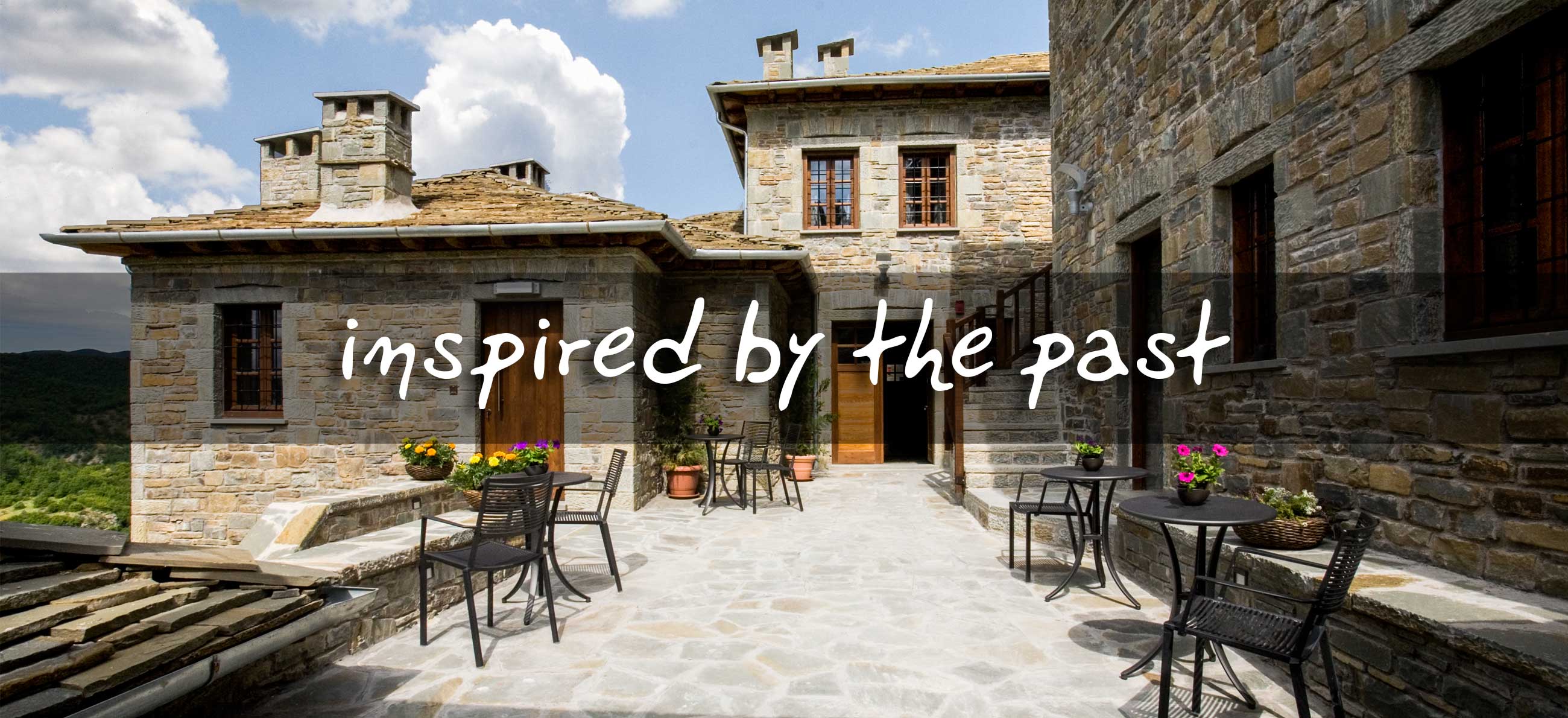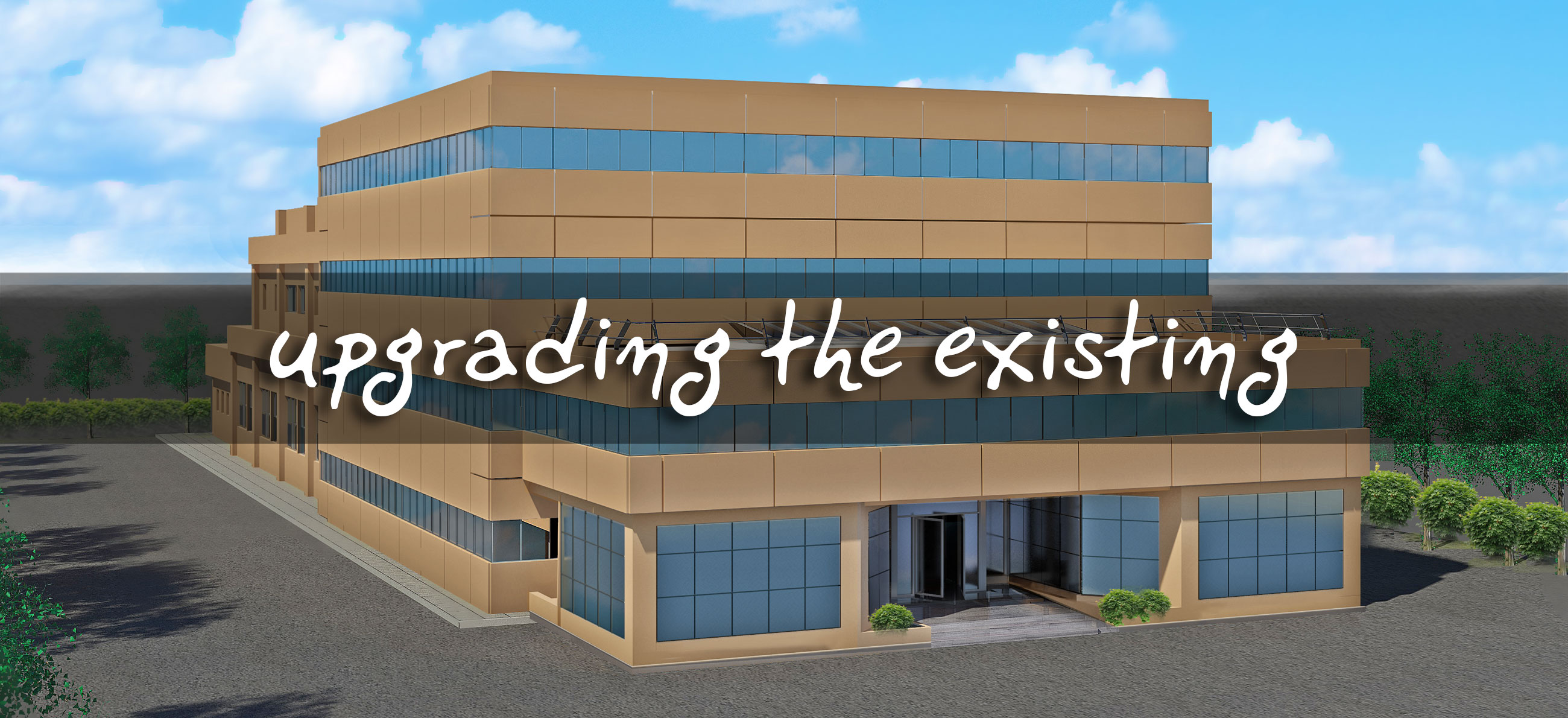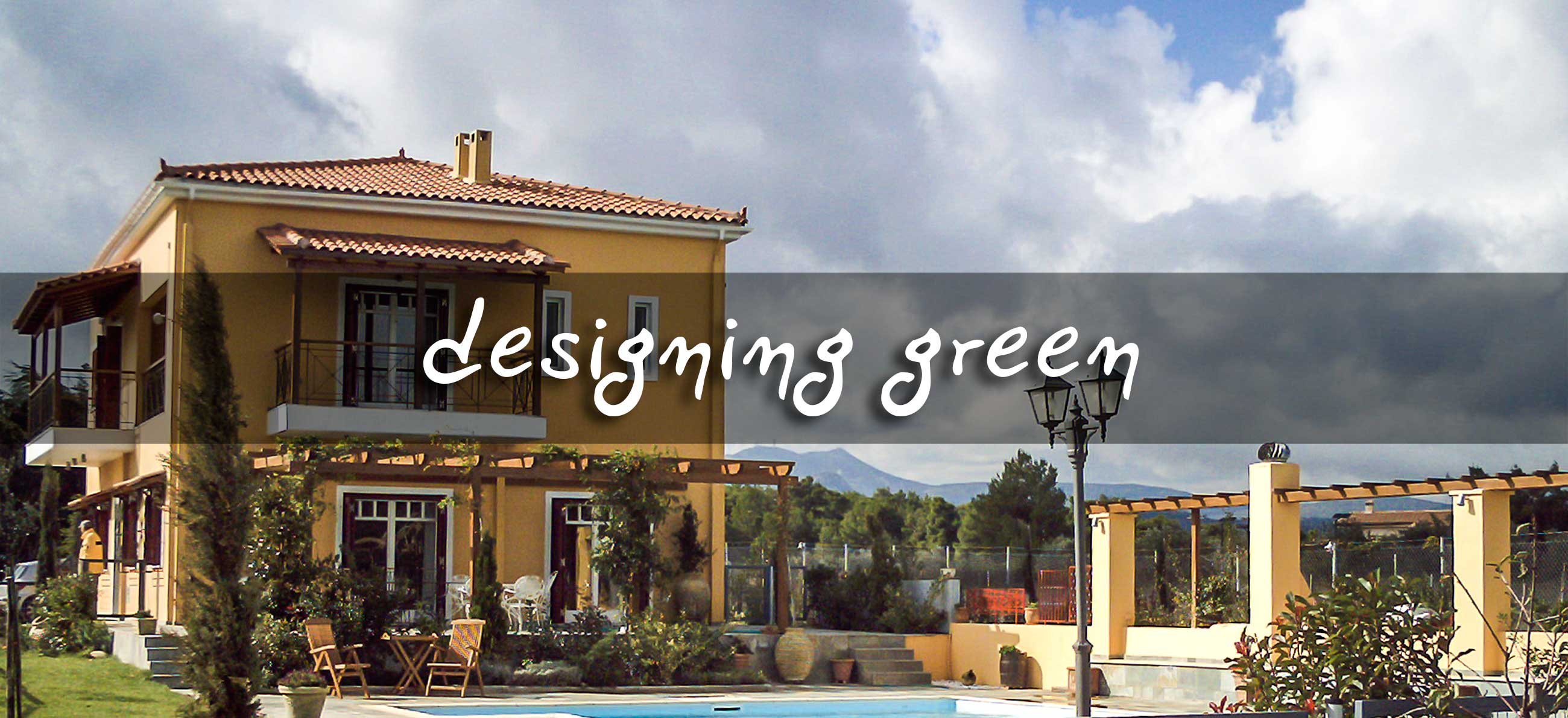«Green Architecture» is a concept of designing or redesigning buildings taking into consideration the best energy performance and the least possible environmental footprint, aiming to forward sustainability. In the pursuit of building in a friendlier to the environment manner, science and technology in accordance with traditional bioclimatic architecture, offer new methods, technics and materials to be applied in green architecture. The integration of the above in the process of contemporary architectural projects, is a constant challenge, in order to achieve an esthetically, operationally and environmentally efficient result.
The effort to produce an environmentally friendly built environment, is supported and imposed by the European legislation. In the near future all new buildings should be nearly Zero Energy Buildings (nZEB). It is therefore useful, even from now that is not yet mandatory, when a building is constructed or refurbished, to comply with the future standards, so that it would not be obsolete in the near future.
With the belief that by targeted study and the use of appropriate materials and technics, high standards in aesthetics, operation and energy savings can coexist in any new or existing building, we design projects with complex standards keeping up with the progress of the technology and science. The goal of achieving excellent energy performance doesn’t apply only in new buildings but also in existing traditional buildings, despite of the difficulties posed. Respecting fully the traditional character, the upgrade of the energy performance is feasible, even in a not excellent grade, without downgrading the traditional features.










